5 minute read.
How Often Should I Replace My Bicycle Tires?Typically you will replace your mountain or road bicycle tires when:
1. They are worn out
2. You're not happy with way your bike is performing and you think new mountain or road tires will help.
Reason #1 - SafetyA common question is: How long do Hybrid or Road tires last? The conventional wisdom is that your road bike tires last anywhere from 1,000 to 3,000 miles. High-end (more expensive) tires should last at least 2,500 miles. Racing bicycle tires, which are designed for speed and high-performance, may need replacing after 1,000 miles, but tough bicycle touring tires can last as
long as 4,000 miles. The most common sign that your bicycle tires should be replaced is a sudden streak of flat tires.
Bicycle tires wear with age, too. If your bike is stored your tread will not wear out but your tire can harden and crack with age. If your bike tires are cracking or fraying do not ride your bike until you're replaced your tires. We also recommend when you replace your road or mountain tires you should replace the inner tubes also.
As rubber wears away there is less and less standing between the inner tube and the junk on the road or goat heads on the trail.
There’s a reason tears and tears are spelled the same way. A rip in your tire is often the end of that rubber’s usefulness. If you’re on the road, you can temporarily boot a tear with a folded up dollar bill or the boot included in the Tire Book Patch, but once you get back to home, it’s time to do some shopping and replace that tire.
You can often identify a tear before it’s an issue by checking your tires regularly for bulges. If you see something growing that looks like a tire tumor, there’s a weakness in the rubber and it’s only a matter of time before it tears and your tube suffers a blowout.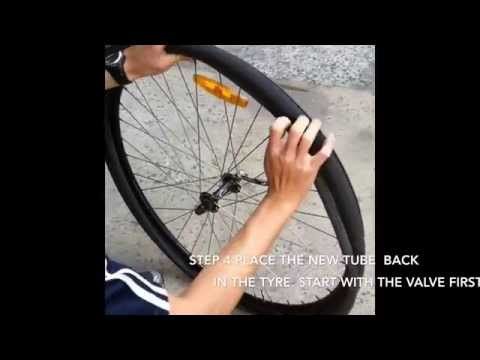 Replace the tire before your next ride or you might have the other tears which we would hate to see you have.
Replace the tire before your next ride or you might have the other tears which we would hate to see you have.
When it gets to the point that every stray piece of glass, rock, etc… is costing you a patch it’s probably time to make a change. Before installing your new tires keep in mind you can install tire liners which help prevent flats.
Reason # 2 - Controlright bike tires for your bicycle, the first thing to know is what size you need. To determine this, simply look at the side of your tire where you'll find a size marking or a tire label with the tire size on it. Common sizes include 26 x 1.5; 26 x 2.0; 700 x 25c or 29x 2.35. There are many tire sizes so be sure to write it down before ordering on-line or going to your local bike store.
When you replace your mountain or road tires, you must match diameters, so if you have 26-inch wheels, only 26-inch tires will fit. You can usually change widths, for example, switching from a 26 x 1. 5 tire to a 2.0 model puts you on a wider tire that holds more air, which you might like for more comfort, traction and control. Conversely, someone who road rides might switch from 700 x 28c tires to 23c tires to save a little weight for easier climbing and faster acceleration. While, if you were suffering frequent flats and a rough ride on narrow tires, you'd benefit by switching to wider tires for more control and comfort
5 tire to a 2.0 model puts you on a wider tire that holds more air, which you might like for more comfort, traction and control. Conversely, someone who road rides might switch from 700 x 28c tires to 23c tires to save a little weight for easier climbing and faster acceleration. While, if you were suffering frequent flats and a rough ride on narrow tires, you'd benefit by switching to wider tires for more control and comfort
Keep in mind that not all rims and bike frames accept all possible tire widths. Usually going up or down one or two widths will work. If you're considering a big jump up or down contact us to get recommendations.
Reason #3 - Peace of mindWe often get asked should I rotate my Mountain or Road Bicycle Tires?
Your rear tire will likely wear at a much higher rate than your front because a majority of your weight is on the back wheel and it’s responsible for your acceleration and drive. That means you’ll probably need a new rear tire long before you need a new front tire, so let’s talk tire rotation.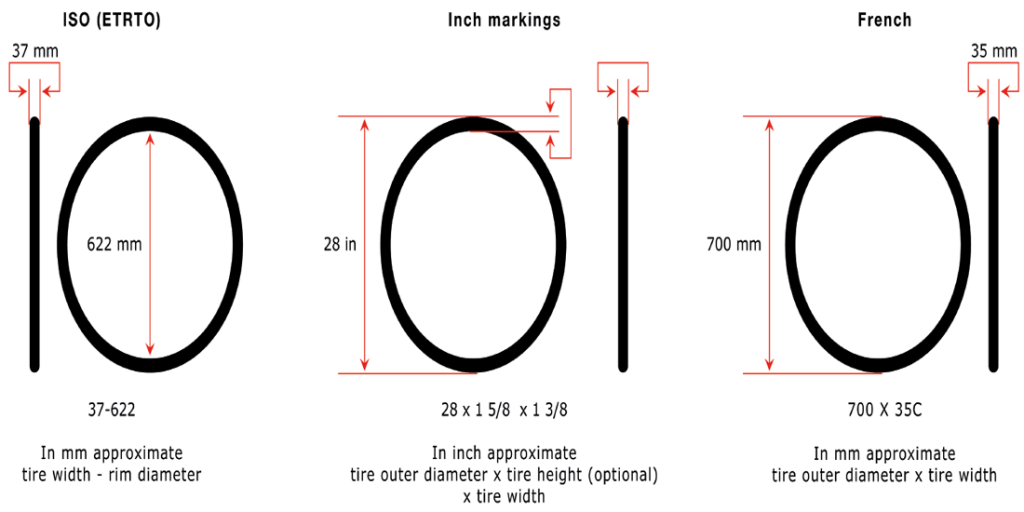
You never want to put a worn tire on your front wheel. I know it’s tempting, but your front tire’s traction is responsible for your steering and braking. Can you imagine losing traction and crashing? (Ouch). Losing traction on your rear wheel is much easier to save and you just look like you were doing a sick whip skid. So, if your rear tire’s worn but your front’s in decent shape, you can move your front tire to the rear, buy one new tire and pop it on your front wheel! You’re good to go!
If you are a mountain biker for example, mountain bike tires will probably cost between $30-99 USD. Keep in mind, there are numerous tread patterns, widths, wheel size variations that you have to be aware of. It's the same for road bike tires there are tires that have flat protection or puncture resistance available which typically will cost more but well worth every penny.
Fortunately, manufacturers have pulled out all the stops to provide excellent bicycle tires for all purposes.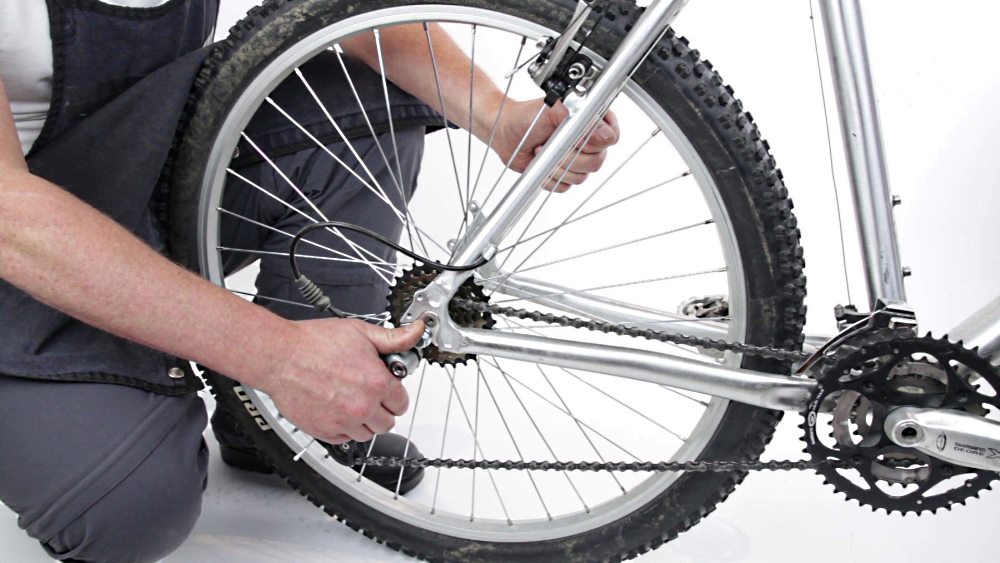 From built-in armor for puncture protection to supple casings that conform to the road surface for incredible handling, to dual-compound tread that's durable on top for long wear and sticky on the sides for grip, today's tires offer an impressive array of features and benefits. Manufacturers like Maxxis, Giant, Continental, WTB, Schwalbe, Surly, Serfas, Kenda and Tioga and many more have spent years developing strong, durable and reliable tires.
From built-in armor for puncture protection to supple casings that conform to the road surface for incredible handling, to dual-compound tread that's durable on top for long wear and sticky on the sides for grip, today's tires offer an impressive array of features and benefits. Manufacturers like Maxxis, Giant, Continental, WTB, Schwalbe, Surly, Serfas, Kenda and Tioga and many more have spent years developing strong, durable and reliable tires.
Now, pop on that new tire and tube because miles of adventures are waiting for you. It's Your World, Ride it!
We want to make sure you have all the information you need to select the correct size and model. If you have any questions or would like recommendations please contact us at [email protected].
If you enjoyed this article share it with a friend and leave us a comment.
Shop Tires
Back to blogReach us Monday-Saturday 9-6 PST
Store Hours: Monday-Saturday 10:00 am - 6:00 pm
Find a Bicycle Warehouse Store Near You!
1 / of 4
View all
${title} {{if !(available)}} Sold out {{else}} {{if price_varies}} From {{/if}} {{html Shopify.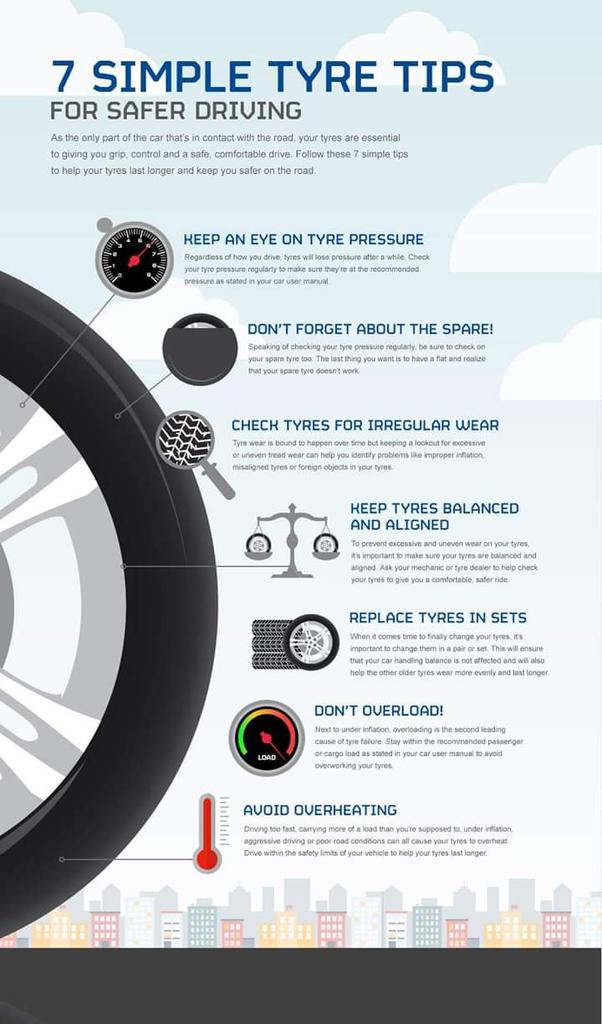 formatMoney(price, window.price1)}} {{/if}}
formatMoney(price, window.price1)}} {{/if}}
I’ve had more tires get flats than I’ve had wear out. That may say more about my riding style than it does about my tires, but that means that I can go years before I need to change them. Which makes me wonder if I’ve gone too long. When should I replace them if they don’t pop?
You should change your tires when the tread wears out. That is typically after about 1,500 to 2,500 miles. However, different factors will wear out your tires faster, so you also need to know what to look for.
Before we get into the details, I want to make sure that we’re all using the same vocabulary.
Tire cross-section: Rim (1), rim strip (2), rim braking surface (3), bead core (4), inner tube (5), casing (6), and tread (7)
Your wheel is the generic name for the circle thing that touches the ground and helps your bike move forward by rolling.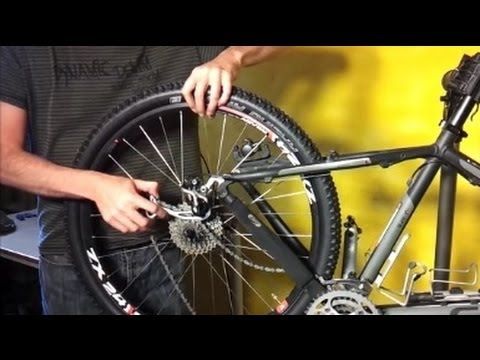 More specifically, it’s the structural metal part that includes the rim.
More specifically, it’s the structural metal part that includes the rim.
Your tire is the rubber circle that goes around the outside of the wheel.
Tread is the general term for the part of the tire that touches the ground while you ride. It is a thick protective piece of rubber that often has a pattern cut into it. The more that you ride, the more you will wear away at the tread until you get all the way to the casing.
It is important to note that you don’t necessarily need to replace your inner tube at the same time as your tire. You only need to replace that once it has a puncture that you can’t or aren’t willing to fix. For me, it’s usually the latter.
I feel like it’s pretty obvious that you just “should” replace your tires eventually, but what are you actually gaining when you do so?
The thicker your tread, the less likely it is that a thorn, piece of metal, or anything else will be able to pierce the rubber and puncture your tire and tube. As you wear down your tread over time, you’ll lose that protection. So replacing your tires resets your shields.
As you wear down your tread over time, you’ll lose that protection. So replacing your tires resets your shields.
Just like in a car, completely smooth, often called “bald”, tires don’t get as much traction when the road is wet or if you riding on an unpaved path. The pattern in the tread is able to “grab” the road and cut through the water better than a bald tire can.
Replacing your tires will increase your traction over-all. There are other factors, like tire pressure, that also impact traction, but not having any tread can result in your tires sliding out from beneath you.
Rolling resistance is about what it sounds like. When you roll a tire, it absorbs some of that kinetic (moving) energy and turns it into heat and noise.
If you were to wear down a mountain bike tire till it was smooth, it would roll with much less resistance. However, road bike tires start out pretty smooth with a low rolling resistance. So, replacing your tire doesn’t make as much as tire pressure does
So, replacing your tire doesn’t make as much as tire pressure does
If you want a bit more technical information, Bicycle Rolling Resistance did a test of a new vs worn-out tire and found that they were nearly equal. They chalked up the minor differences to how the rubber had aged and become stiffer over time.
From what I’ve been able to find in advertisements and what people have been reporting online, an average tire will last you approximately 1,500 to 2,500 miles.
However, there are a lot of factors that can take that number up or down.
Road bike tires will cost anywhere between $15 and $50 for a single tire. As you would expect, the trend is that more expensive tires will allow you to ride further before replacing them. Some upwards of 4,000 miles.
It has everything to do with the rubber compound they make their tire with and how thick the tread is. Some are designed for long-distance and puncture resistance, others are designed for low rolling resistance.
Just make sure you know what you are looking for in a tire. I personally don’t ride terribly far, and I’m more likely to get a puncture. So, I get relatively cheap to mid-tier tires.
If you want to check out the actual prices of some tires, here is a link to the search results on Amazon.
If you are riding fast and aggressive, you are absolutely going to get fewer miles out of your tires. For instance, slamming your brakes and skidding to a stop is a great way to wear through tread in no time. I’m sure I could get fewer than 100 miles doing that.
If you never get over 10 mph, I bet your tires could last much longer than they are advertised. However, that’s when you start running into the next problem.
The rubber in your tires will age over time. It starts to develop cracks and weakens. At that point, it will deteriorate much more quickly than fresh tires.
So, there is a big difference between riding 2,000 miles in one season versus riding 2,000 miles over 10 years.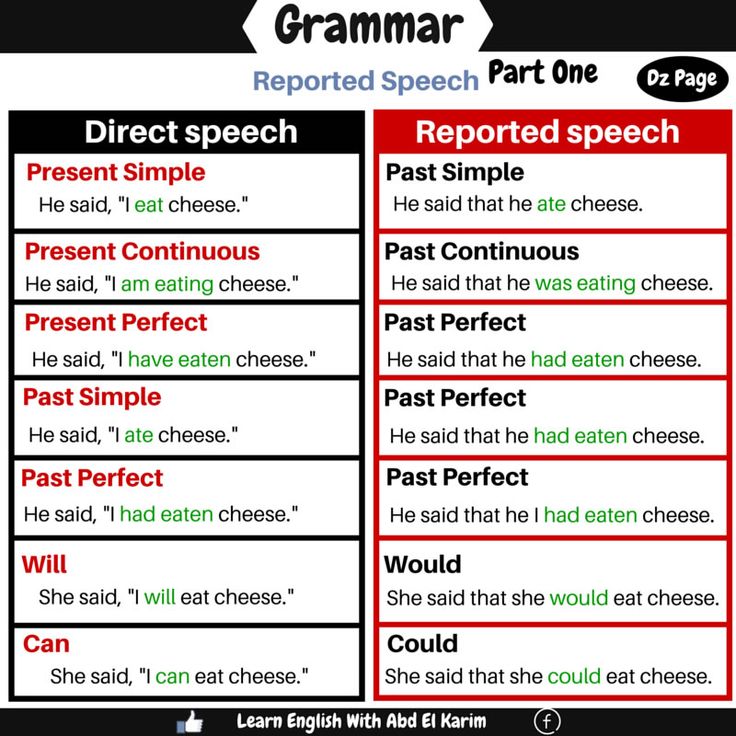 Fresh tires can last a long-distance season, but an old pair that aren’t used much won’t go as far before they fall apart.
Fresh tires can last a long-distance season, but an old pair that aren’t used much won’t go as far before they fall apart.
Related to aging over time, different environmental conditions can speed up the aging process. Leaving your tires outside all the time in the sunlight and weather will reduce their range.
As well, keeping them in places that are very hot, very dry, or in a place that is constantly going from one extreme to another, will reduce their range. The worse the environment, the greater the drop.
The road is constantly wearing off tiny pieces of your tire. It makes sense that different kinds of paths will wear out your tire at different rates.
Smooth roads don’t wear your tires as much as an unpaved path. So, the less you ride on a road, the less range you can expect out of your tires.
If you ride on a trainer very often, that will still wear your tires. While they can be rolling on smooth metal, it presses a much smaller area of your tire. That forces them to flex more and will wear them out at a reasonable rate.
That forces them to flex more and will wear them out at a reasonable rate.
Some people swear by having an extra rear wheel just for riding on a trainer, and some people invest in more expensive trainers, like this one on Amazon, that don’t even require a rear wheel.
I track my rides with Garmin and Strava, but I don’t really know how far my tires have gone. So, I need to rely on the more obvious sign that it’s time to change out my tires.
If you look at a road bike tire, you’ll see that it has a pattern of groove cut-outs. Those are more useful than just for looks. They also indicate how worn your tires are.
The grooves will get more and more shallow until the tires are smooth. Some tires even have circular holes in the tread specifically for you to see just how much tread there is left.
If you have less tread, you’ll have less grip on the road, and you’ll get more punctures.
Speaking of which, if you have a sudden uptick in how many punctures you get while you are riding, it’s probably time to get new tires.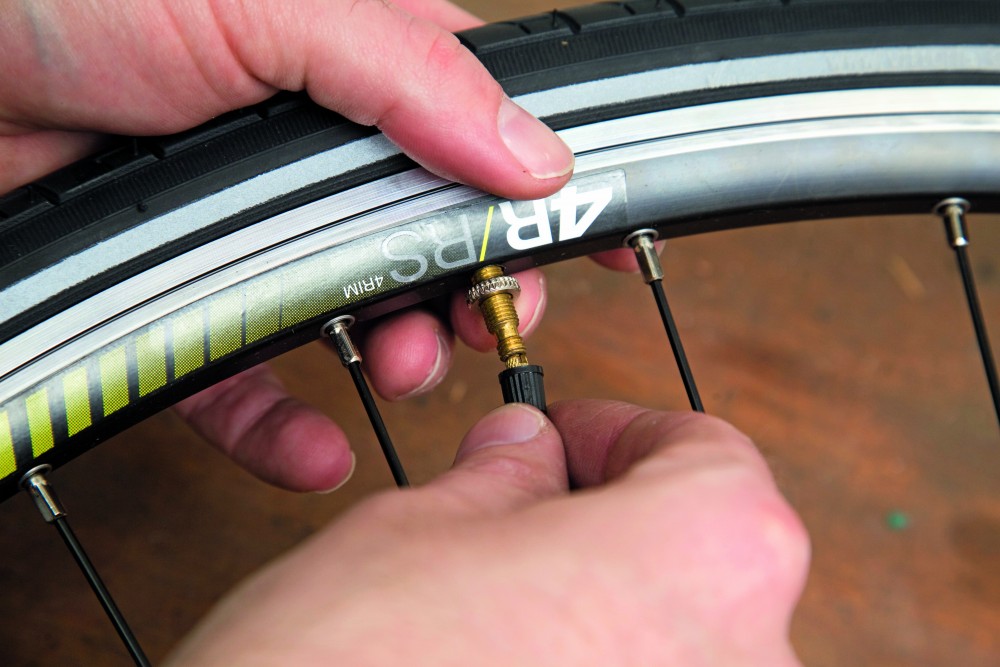 The thinner walls leave less between the sharp objects and your inner tube.
The thinner walls leave less between the sharp objects and your inner tube.
Do check to see if you have a thorn or something stuck in it, though. There’s no sense in tossing a perfectly good tire that just needs to have a sharp object pulled out of it.
This is really only likely if you have tires that are many years old. The side walls will usually be the first places to develop cracks. It is a sign that the rubber has become more brittle and is starting to break.
If your tires are showing signs of dry-rot, go ahead and replace them. They will go downhill very quickly if you keep using them.
I literally mean, what do you do with your tires once you decide the tread is low? For now, I’m going to hope that you or someone you know is willing to replace the tires on your wheels. I might cover how to do that in a later post, though.
It is important to keep in mind that you should have a backup tire if you want to be able to ride right after a tire runs out.
Just like on a car, your front and rear tires wear out at different rates. Generally, your rear tire will wear out before your front tire does. So, just like on a car, you can swap around your tires and let them wear out to the same level.
This strategy does maximize the amount of time that goes between when you need to buy new tires, but it does require that you buy both tires at once.
Instead of swapping your front and back tire with one another, you can get a new front tire and move your old front tire to the rear wheel. This does mean that you’ll be buying tires a bit more frequently, but you’ll only be buying one at a time.
I think that there is a pretty even split between people that rotate their tires and ones that move their front wheel back. I have also heard of people getting another complete rear wheel, putting the old tires on that, and using it as a training wheel.
If you don’t care about optimizing how long your tires last, you can just replace whichever one goes bad first.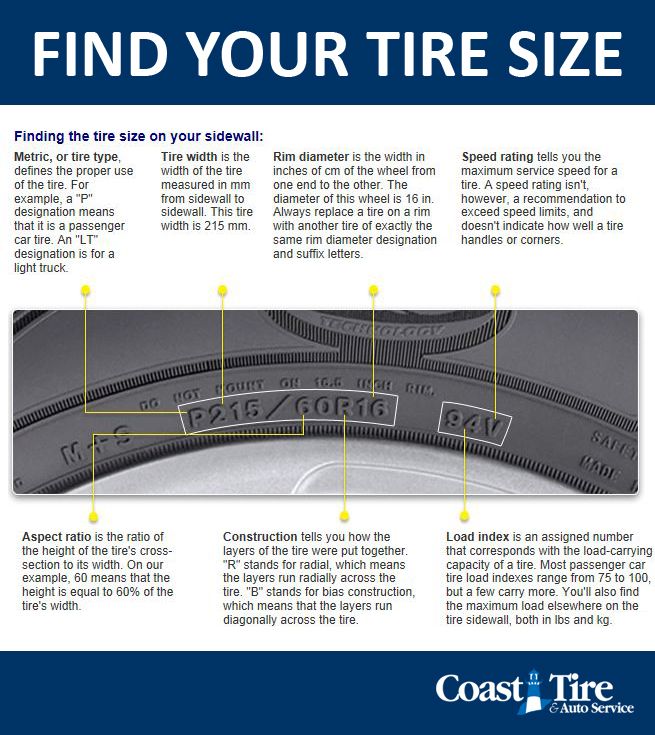 This strategy is definitely optimizing for the least amount of effort and stress, but I find it more fun to employ a more in-depth strategy for my tire placement.
This strategy is definitely optimizing for the least amount of effort and stress, but I find it more fun to employ a more in-depth strategy for my tire placement.
If you are a glutton for punishment, or just really like working on your bike, you could just swap out both tires once one of them is worn out.
While I wouldn’t suggest this strategy, it does work really well. You’ll almost always have fresh tires that are ready to go. It’s the most expensive option so far as it minimizes the time between purchases and maximizes how much you spend each time.
If you have the storage space, you can always buy a bunch of tires all at once. Forget having one backup tire, how about more like six? This technically applies to all of the strategies. I just wanted to reiterate that you should have a backup tire.
I hope that I’ve empowered you so you can see when to change your tires and not have to worry about whether or not you’re riding on borrowed time.
I make content that empowers people to enjoy riding their bikes.
Are you interested in learning more about that?
Here are some hand–picked posts that I think you might find helpful.
How things work,Maintenance,Set up
If your tire keeps going flat, it may be normal, there may be a small repairable hole, something stuck in your tire, or you may just need to replace ...
Read More
Unfortunately, not every bicycle tire is able to cover its entire resource. And again, unfortunately, there are many reasons for this. A worn out tread, for example, on MTB tires, is not a universal way to assess wear, although it is one of the main ones.
However, there are also tires without a toothy tread - road slicks, for example - what to do in this case, how to understand when to change tires?
Just about. Let's figure it out.
By the way, if you think we missed something, please share your thoughts on our Facebook page.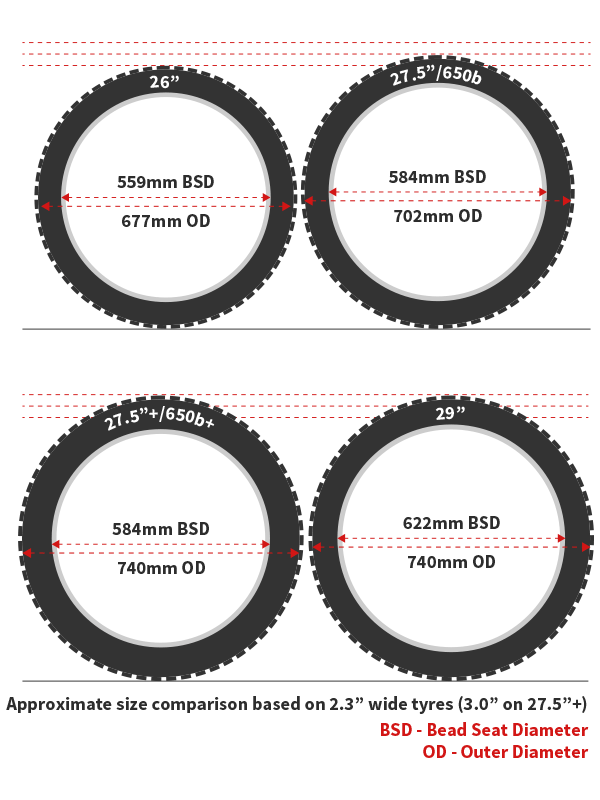
Perhaps the most frustrating thing is to replace a tire due to its damage during a collision with a curb, tree roots or something similar. So both a new tire and a new rim can go to the trash.
In most cases, the camera is broken if you have one. A so-called snake bite is formed, after which the camera cannot be repaired. It occurs during severe deformation when hitting an obstacle, when the tube is clamped between the tire and the rim. And it's good if only the camera is damaged. In some situations, the rim does not withstand, it bends, cracks, its edges are jammed, the spokes shoot out or weaken ...
And, since we're talking about tires here, it's worth mentioning the damage to them. Impact on them by the rim entails the destruction of the inner layer of rubber and/or cord on the sidewalls. The inner coating of the tire cut by the rim will begin to let air through if it is tubeless. A simple patch, placed from the inside, solves this issue.
The cut cord, unfortunately, cannot be treated. Its damage, most likely to the naked eye, may not be noticed immediately, but it will certainly manifest itself in the future. He convicts himself by the formation of bumps on the surface of the tire. People are trying to repair such a malfunction, but any of the methods does not provide an adequate level of safety during further operation. Here it is better not to “play with fire” and come to terms with the upcoming new thing.
In any case, if you didn’t even get a clear blow to the wheel anywhere, but felt some kind of beating or a clear change in the geometry of the tire in motion, then these are the first (and sometimes the last) bells that something is wrong . It is better to stop and inspect the wheels for various kinds of damage (bumps, protruding threads, cuts, tears, delaminations).
It is of course possible to prevent unwanted costs. To do this, you need to regularly check the pressure in the wheels of your bike. The lower it is, the higher the probability of breakdown. Excessively high pressure, by the way, can also cause the cord to break or the rim to break. So, don't be zealous. Before inflating the wheels, carefully study all the inscriptions on them, the manufacturer always indicates the recommended minimum and maximum values there.
The lower it is, the higher the probability of breakdown. Excessively high pressure, by the way, can also cause the cord to break or the rim to break. So, don't be zealous. Before inflating the wheels, carefully study all the inscriptions on them, the manufacturer always indicates the recommended minimum and maximum values there.
And yes, side cuts, ply lines and snake bites are more familiar to road bike owners, as the tires are especially thin for the sake of light weight.
Absolutely any cyclist can see the wear of an MTB tire. Everything is simple here - the tread has worn off, which means the tire must be replaced. Moreover, it is not necessary to wait until it is erased to an absolutely smooth state. For its native element, such a tire becomes unusable much earlier, when the hook becomes small. If the bike rides in urban conditions, then the lack of a tread does not interfere with the hook, but only has a positive effect on it. After all, the area of \u200b\u200bcontact with the surface of the tire increases. However, other factors are beginning to come into play. Too thin a layer of the treadmill is very vulnerable, there will be more punctures. Even the anti-puncture layer can no longer cope with its task. That is, an MTB tire turned into a slick becomes simply unsuitable for further use.
After all, the area of \u200b\u200bcontact with the surface of the tire increases. However, other factors are beginning to come into play. Too thin a layer of the treadmill is very vulnerable, there will be more punctures. Even the anti-puncture layer can no longer cope with its task. That is, an MTB tire turned into a slick becomes simply unsuitable for further use.
However, there are also MTB slicks that come straight from the factory with a smooth tread. It is better to get such tires and fully enjoy the absence of a toothy tread in the city.
How to determine wear in this case?
Good question, which brings us to road tires. Continental, for example, puts special round marks (recesses) on the treadmill. They can be used to monitor the gradual wear of the rolling surface. If they are absent, or their depth has become insignificant, then a replacement is nearing.
Other manufacturers are following the same path, their marks may differ from each other, but one thing remains in common - they disappear as the tire wears out.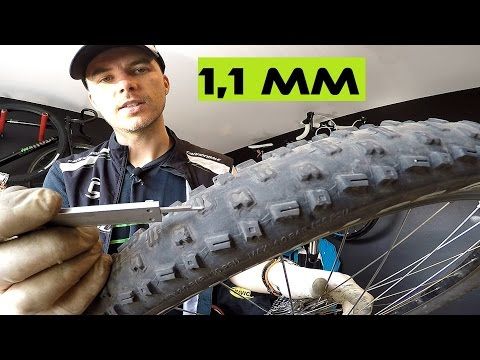 By the way, the applied pattern on the sidewalls of a road tire, smoothly passing to the working surface, also plays the role of a wear indicator, although not the most reliable, but still. Rubber after all is erased more in the middle part.
By the way, the applied pattern on the sidewalls of a road tire, smoothly passing to the working surface, also plays the role of a wear indicator, although not the most reliable, but still. Rubber after all is erased more in the middle part.
Yes, it is in the middle and often this leads to the formation of a “square” profile, which is also a signal for replacement.
As for MTB slicks, I have never seen such marks on such wheels. I drove until the threads began to climb out or the anti-puncture layer appeared. Different manufacturers have it in different colors, but if you have already seen it (or cord threads), then the next trip should take place just for the tires.
Yes, I have already mentioned them. By itself, an ordinary puncture causes some damage to the tire, but is not critical for further use. Of course, we are talking now about minor punctures with thorns, small pieces of glass, self-tapping screws, nails and glasses. No, it didn’t seem to you) there were such cases in practice. In general, there are quite a few items that can attack your rubber, but in most cases this does not happen often. Especially rarely punctures occur in the presence of an anti-puncture layer.
No, it didn’t seem to you) there were such cases in practice. In general, there are quite a few items that can attack your rubber, but in most cases this does not happen often. Especially rarely punctures occur in the presence of an anti-puncture layer.
So, if the frequency of punctures has increased and comes from the smallest pieces of glass or pebbles, then this is a clear sign of excessive wear. This is due to the thinning of the working surface of the tire, the only way to correct the situation is to replace it. By the way, even the presence of an anti-puncture layer is not a panacea; with a thin layer of the treadmill, its effectiveness decreases.
The bead is a part of the tire that contains Kevlar fibers or steel wire, popularly called the “cord”, which is fundamentally wrong. If, when inflating a wheel, the tire comes off the rim, then, of course, there is no point in playing with it, it goes to the scrap, and you go to the store. The point here is the damaged board, which is almost impossible to track visually. Well, if it has obvious damage (rust, for example) or a cut, then there is no need to talk about the applicability of such a tire on a bicycle. I don’t even know if it’s worth saying that such rubber tends to be sorted out in motion.
The point here is the damaged board, which is almost impossible to track visually. Well, if it has obvious damage (rust, for example) or a cut, then there is no need to talk about the applicability of such a tire on a bicycle. I don’t even know if it’s worth saying that such rubber tends to be sorted out in motion.
All this means that saving on tires is not desirable. They cost no more than money. It also makes no sense to resort to frankly cheap options, since in the end, the operation of a bicycle will cost much more.
We have already mentioned cuts and penetrations of the sidewalls by the rim. And now we want to pay attention to another nuance associated with them. The sidewalls of any tire become unusable when the bicycle is operated at reduced pressure. Of course, if you put a child weighing 15 kg on a bike, then the minimum value can be lowered, but up to a certain limit. The sidewall should not be excessively deformed, otherwise its gradual destruction and increased wear of the chamber will occur. The latter leads to the replacement of the chamber, since its walls worn into dust will simply tear when trying to pump up after repair.
The latter leads to the replacement of the chamber, since its walls worn into dust will simply tear when trying to pump up after repair.
The second point about the sidewalls concerns bike storage. So it happens that sometimes the bike stands for a long time without movement and its wheels go down. Prolonged exposure to such a deformation does not bode well, the rubber cracks, the cords are damaged. This effect is especially pronounced when the bike is not stored in a warm and ventilated room. Then the entire sidewall is covered with numerous cracks, and the rubber loses its properties. That is, it makes sense to occasionally visit a bike with a pump. At least once a month to keep his wheels running.
The front tire on any bike wears out much more slowly than the rear. Many cyclists prefer not to burden themselves with extra costs and simply move the rear tire forward and the front back.
Well, this seems to be the perfect way.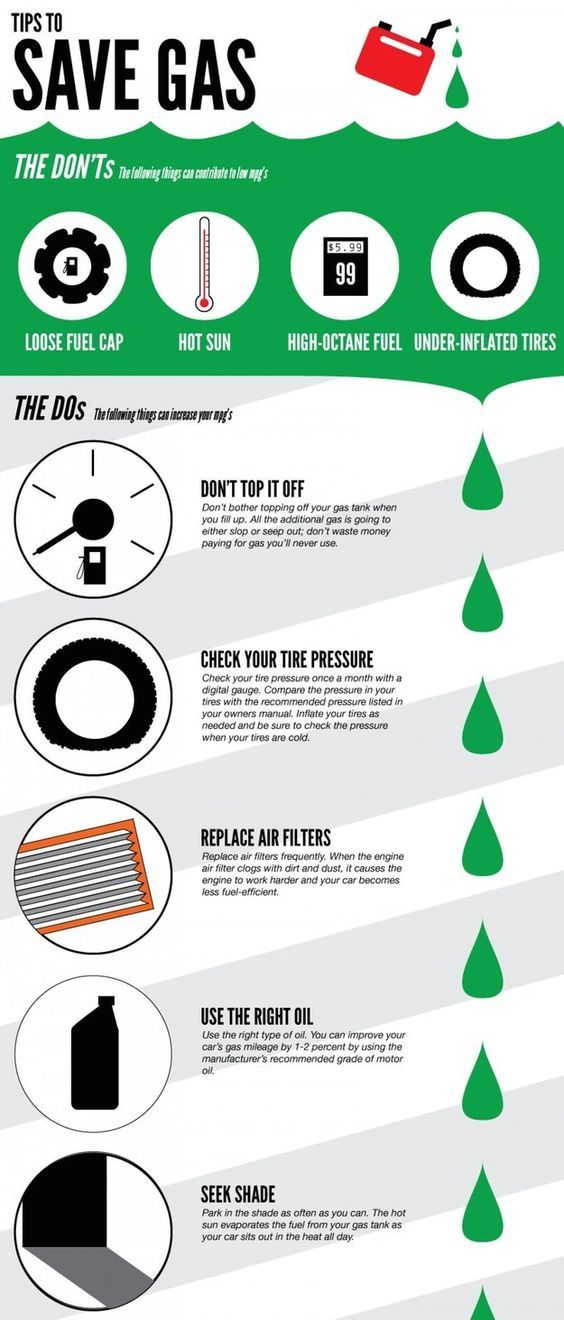 But, alas, it is not.
But, alas, it is not.
Installing more worn tires on the front wheel (both highway and MTB) entails a significant change in handling. In road racing, “square” tires are unlikely to behave better in corners than round ones. In MTB bikes, we are talking about a tread, the presence of which on the front wheel is very critical. After all, it is quite simple to deal with a slippery rear wheel, but with the front one it is much more difficult, and more often it is simply impossible.
Full name
Borik Vladimir
Passionate cyclist since 2014. He could not stand it when the bike made extraneous sounds in motion, which made him go over everything, re-grease and renew it many times. He likes to delve into the subtleties, therefore, numerous bulkheads of his bike later turned into a job as a bike mechanic. I went from Shimano Acera to Comance Tomahawk through SLX to XTR to Specialized S Works, and then just switched to a budget road bike on Campagnolo Xenon 10 equipment.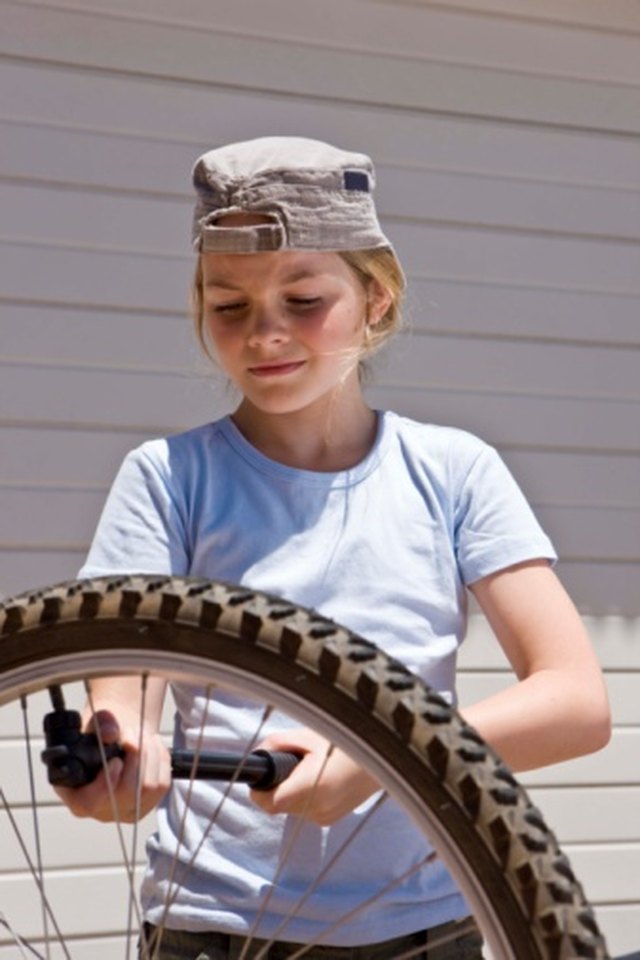 Kuyalnik 2019 bike marathon (MTB) behind-year, where Light took 5th place on the route. Currently remains an active bicycle user and continues to deepen his knowledge in this area.
Kuyalnik 2019 bike marathon (MTB) behind-year, where Light took 5th place on the route. Currently remains an active bicycle user and continues to deepen his knowledge in this area.
Bicycle tire wear is a natural thing and it always happens. In general, you need to keep in mind that a bicycle tire is a consumable item.
Wear itself is different and carries different risks when driving.
Tread wear. Leads to an increase in the likelihood of punctures, loss of traction and ground. For a “toothy” tire, this is generally death.
Deep and wide cuts, abrasions and breaks in will not hold an inflated tube inside, and it can burst at any moment, all the more so you should always remember that the pressure is not held by the tube, but by the tire.
Small cracks in rubber are not as bad as deep and multiple cracks that can lead to gusts.
One of the serious and objective factors of bicycle tire wear is the weight of the cyclist.
The rule here is simple: the more the rider weighs, the faster the tires wear out, especially the rear wheel. Tires on a bicycle on a 100 kg man will wear out faster than on a slender girl weighing 50 kg.
Cycling experts believe that starting with a load of more than 75-80 kg, tire wear becomes more noticeable.
Again, given the weight distribution of the cyclist on the wheels, the rear tires are subject to more wear.
First of all, what is a compound?
Compound in tires is the composition of the rubber from which the tread is made.
What affects the stiffness of the compound.

One of the properties of compounds is hardness or stiffness.
Designated on tires with a two-digit number with the letter "a" at the end. For example: 40a, 42a, 57a/62a, 60a, 62a, 70a, 80a. The larger the number, the stiffer the tire.
Depending on the composition of the compound, the properties of the tire differ. For example, a "sticky slick" with a hardness of 40a or 42a will ride on smooth asphalt even worse than a "toothy" rubber with a hardness of 70a.
Manufacturers use a huge variety of rubber types in their production, but the general idea is the same: the softer the compound, the better the grip, but the higher the wear rate .
You can read more about the compound and stiffness of tires on our website in the article “What is the compound and stiffness of bicycle tires”.
Each type of tire is designed for its own operating conditions.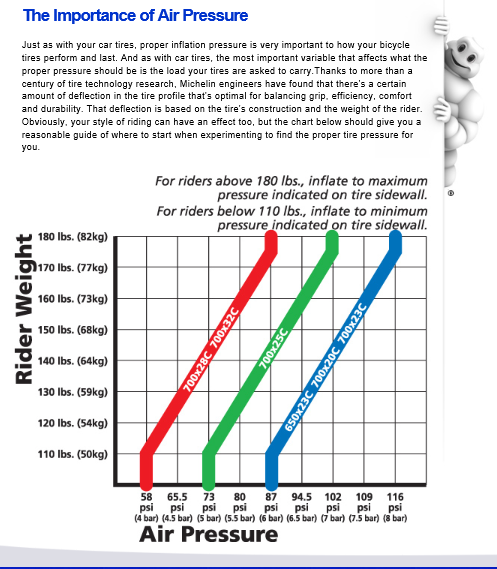 Therefore, if you drive on asphalt on toothy rubber designed for driving through the forest, then its wear will be very fast.
Therefore, if you drive on asphalt on toothy rubber designed for driving through the forest, then its wear will be very fast.
Some young cyclists buy a brand new mountain bike with toothy tires and ride it on the city asphalt. Ponty, of course, is a great force, but for asphalt you need to take slicks or semi-slicks. And on toothy ones - ride on the ground, sand, snow, etc.
For more information about the types and choice of tires, see the article “Which tire to choose for a bike”.
Continuously riding with low tire pressure will cause premature tire wear. In this case, the destruction of the side wall of the tire and excessive wear of the tread occurs.
More information about tire pressure can be found in the article “Bicycle tire pressure”.
When braking hard and hard, especially on asphalt or concrete, the tread wears out very much, especially on soft rubber.
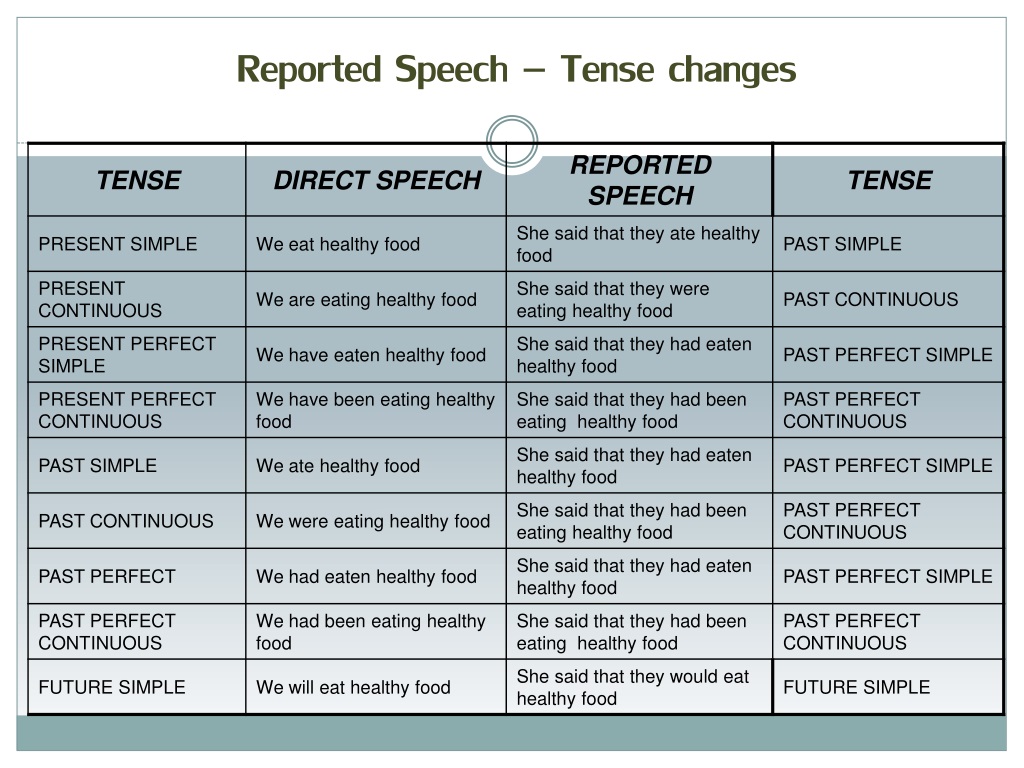
Bicycle storage under the following conditions:
lead to a change in the properties of the rubber or compound from which the tire is made and its accelerated wear.
The tire loses its softness, cracks and quickly becomes unusable.
For more information about the rules for storing a bike in winter and between skiing, see the article “Where and how to store a bike in winter”.
Based on the listed causes of tire wear, methods to combat this phenomenon are also selected.
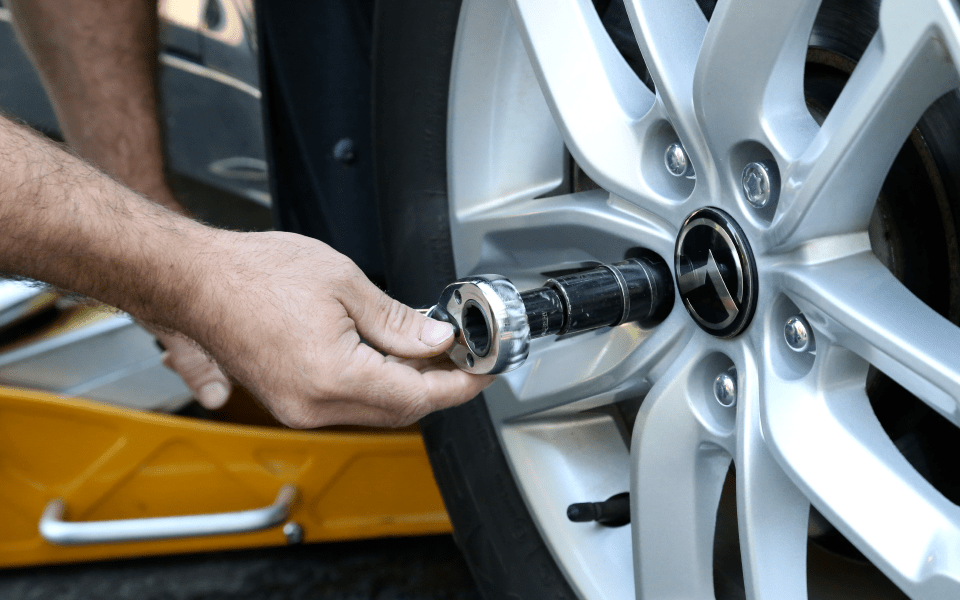
How to put the last 20-30 cm of a stubborn tire on a bicycle wheel is described here.
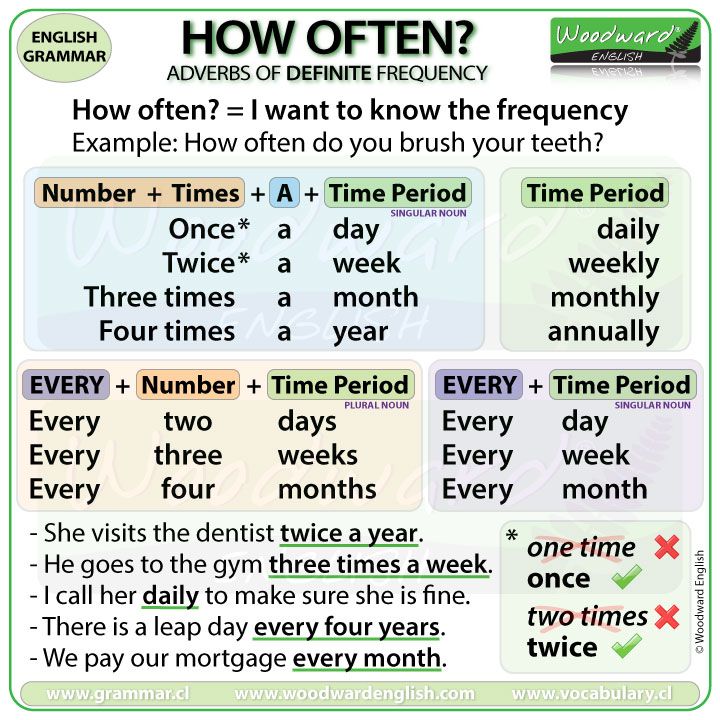
Since the rear wheel wears faster than the front, swapping them will prolong the life of the entire set of tires.
In general, approach this issue with sober calculation and logic.